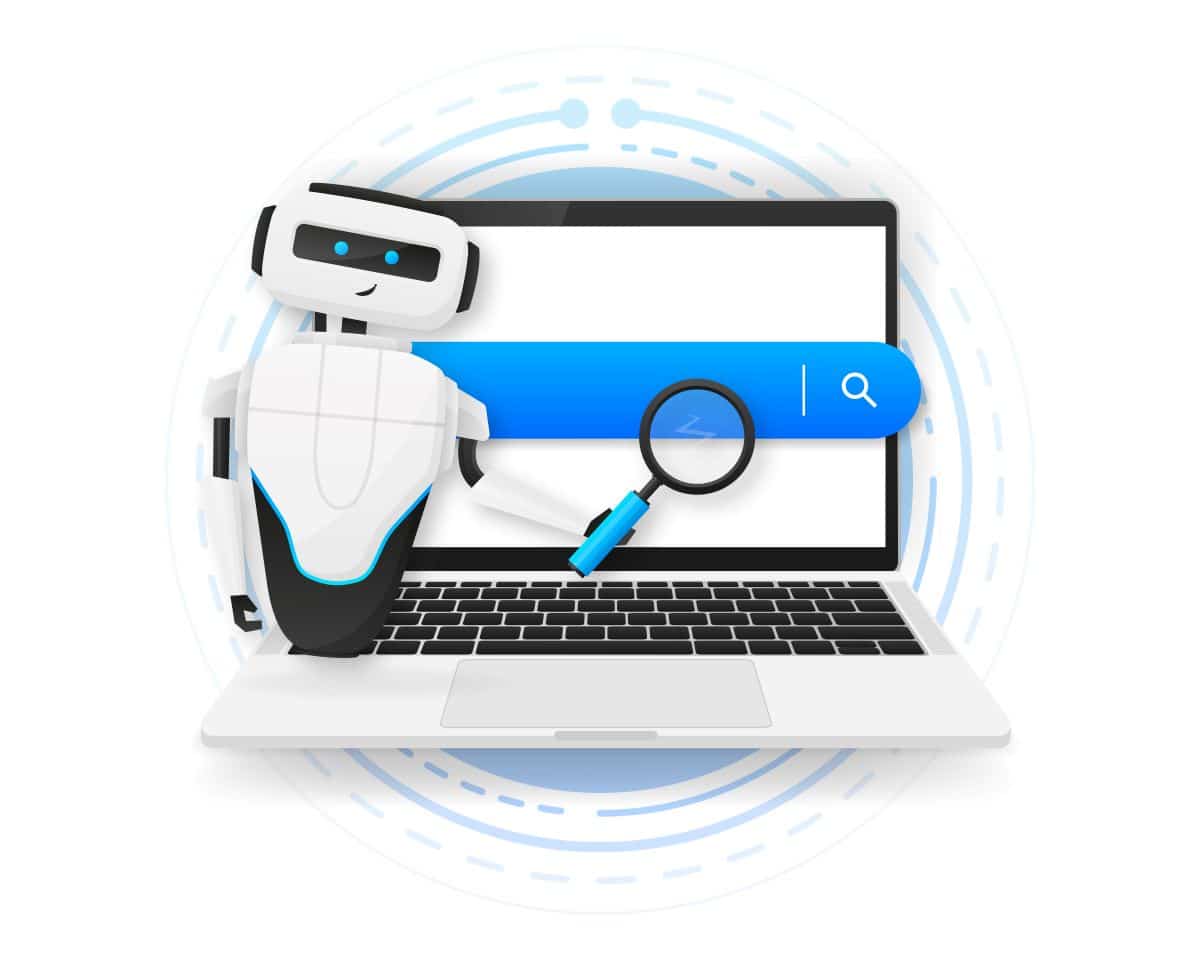Search Engine Optimization (SEO) started with the idea of businesses catering to the demands of search engine algorithms and their crawl bots. Today, however, we have a balanced demand for catering to site visitors just as much (if not more than) as to crawl bots. Nonetheless, if you want your content to be visible to target audiences, it has to be recognized by crawl bots and then showcased. Therefore, crawl optimization is something that needs to be constantly improved. To this end, we’ve prepared a guide on how to boost crawl optimization for your website!
Optimize your loading speed
The first way to boost crawl optimization is by making sure your website’s loading speed is as good as it gets. You see, there’s plenty of sloppy programming and server shenanigans that can make your website slow. Not least of all improperly built links! If your page times out when trying to load, then crawlers are either wasting time or entirely giving up on it, depending on whether the issue persists. This means that not only is your crawling speed suffering, but you may even be unable to get your page indexed at all. So, before you go pursuing responsive web design and SEO, make sure that the underlying operation of your site is up to par, first!
Maximize your server’s uptime

Another way to boost crawl optimization for your website is guaranteeing its uptime. Now, unlike site optimization and SEO for movers, which you can work on tirelessly on your own end, this is something that depends on your host provider. In other words, it is up to the host to keep the server up and operational. If they keep taking things offline due to maintenance or issues, then your site is losing valuable uptime!
This not only prevents your site from being properly crawled and indexed but also hurts your marketing and customer growth. After all, both of those things depend on people being able to access your site. So, it is best to check the guaranteed uptime of a hosting provider before you make a final decision and bind your site to a business that wouldn’t have your best interests at heart.
Make a comprehensive sitemap
A sitemap is one of the most useful tools to boost crawl optimization and indexing speed. A sitemap, in essence, simply lists out the content of your website in a comprehensive and easily accessible manner. This, then, helps crawlers easily reach each and every one of your site’s pages. Even if your linking is somewhat lacking on the pages themselves, which is admittedly a bad thing we’ll speak more about later, at least your site’s indexing will proceed smoothly at a slower rate. If you do not have a sitemap already, or if it is not well maintained, we recommend you look into how to create a sitemap immediately and correct this error!
Add new content regularly

Moving on, another strategy that may be useful for boosting crawl speed would be to add content to your site regularly. Now, this may seem like odd advice, since it does not directly correlate to an improvement that boosts crawl speed. However, what it actually does is signal to Google that your site is reliable and active, and therefore requires, and even deserves, frequent crawling. This is immensely helpful because it even subtly improves your site’s Google ranking! This, of course, even helps with moving company marketing since it makes it more easily visible through casual search results. Meaning that you can expect a lot more organic website traffic.
Build up your backlinks

Yet another example of overlap between efforts to boost crawl optimization and digital marketing for moving companies is backlinks. Backlinks allow you to connect your business to others. And, if those businesses have good SEO and Google ranking, your own site’s statistics concerning the two will improve. In addition, if the sites’ owners do not flag your link as no follow, then Google crawlers will also follow them to your own website! This will directly improve the crawling speed for your site since Google will also be interested in it through the correlation to partnered sites.
Properly connect your pages
We already touched on this when discussing sitemaps, but your pages need to properly link to each other. This is why lots of sites use internal links, especially in their blog posts. Internal links allow crawlers to easily sift through a website by following tangentially related posts and pages. This not only makes for faster crawling but the better organization of your site’s search results. In other words, internal linking can only ever be helpful. Still, does this mean that you should drown each of your pages in internal links? Of course not. Moderation, at the end of the day, is still the name of the game.
Avoid having duplicate pages
One of the worst things you can do that damages your crawl optimization is having duplicate pages or pages with duplicate meta tags. Duplicate pages are directly tagged as ‘empty’ content, and will hurt your site’s Google ranking. This, in turn, means that your site will become a lower priority site for crawling and decrease your crawling rate. Duplicate meta tags are just as harmful. Since they not only flag you for what we already discussed. But also end up on the page getting skipped over by the crawlers. This means that if you have two pages covering a similar topic, and you make the mistake of labeling them with the same meta tags, the newer one might not even get indexed.
Check your robots.txt file
Now, the final way to boost crawl optimization for your website is by ensuring that there is nothing hindering it! And one of the most direct ways to accidentally prevent the crawling and, therefore, indexing of pages on your site is through its Robots.txt file. The file is a collection of permissions for your site.
Similarly, if you disallow the crawling and indexing of a page through it, then crawlers will detect that. Meaning there will never even be a chance for the page to get indexed in the first place! It is perfectly possible to temporarily disable crawling while you set up the page properly, and then forget about it. So, always triple-check that there is no problem here, or don’t mess with the file in the first place.
Final comment
With our advice on how to boost crawl optimization for your website, you’ll get your pages indexed quickly. Just remember: this is an ongoing effort, not a one-time setup you can leave alone.






